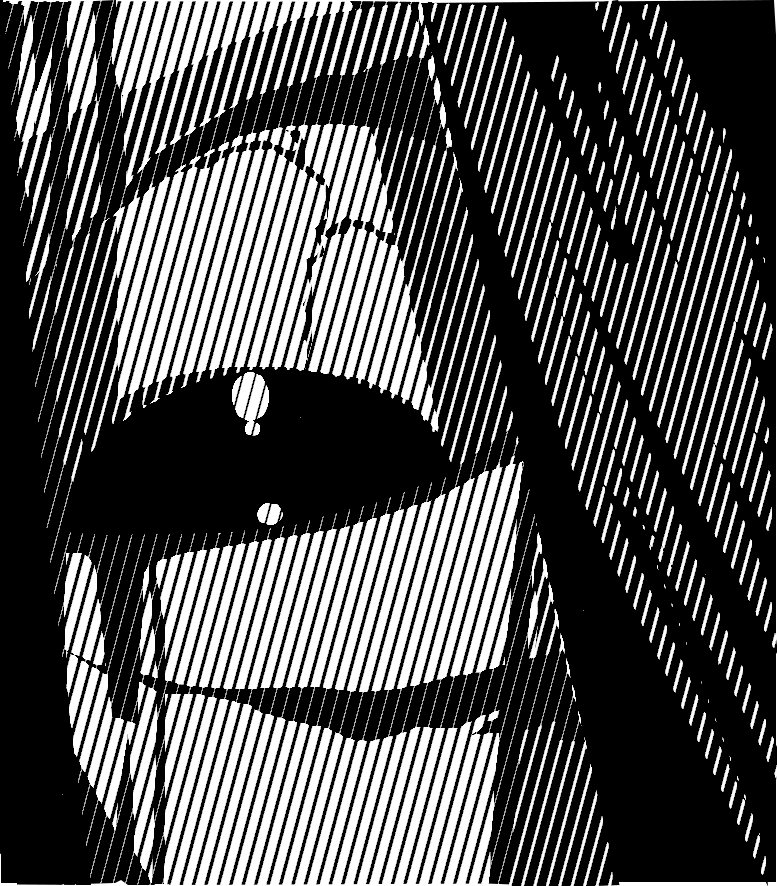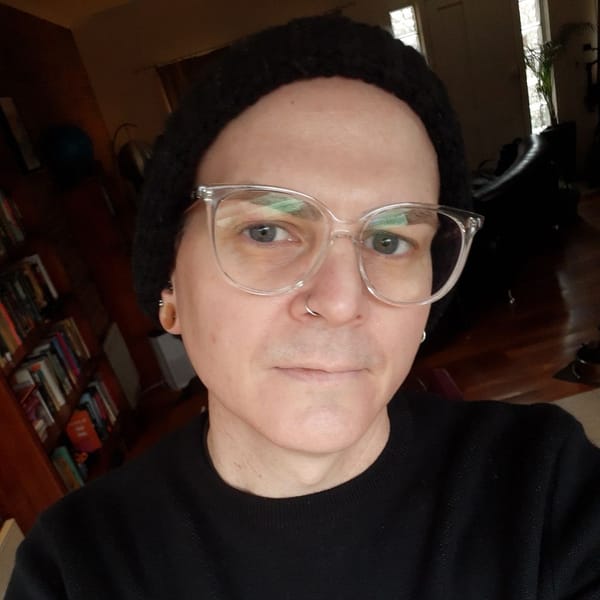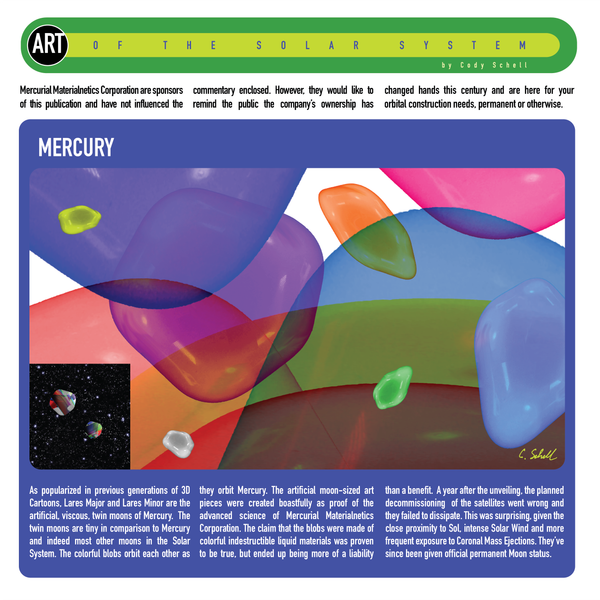A Personal History of Horror Films in 101 Quirky Objects #62: Reiko Asakawa’s wristwatch in リング(Ring) (1998)

by Vince Stadon
“Just one more day...” - Reiko Asakawa
If you watch the disturbing, unlabelled video tape, your phone will ring… and when you answer, an evil ghost woman will tell you that you are going to die. Within a week you’re dead—terrified to such a degree that your heart cannot take it, and you will literally be scared to death. Now that’s a curse. Watch the tape and you’ve got seven days to live. Even Blockbusters weren’t that shitty about their tapes.
Reiko watches the tape because she’s heard all about it. The legend is spreading like wildfire, particularly amongst teens. Reiko’s own teen niece is dead—seven days after watching the tape. The girl was found by her mother, curled up in a closet in her bedroom, her face contorted into a scream of terror. Reiko is a journalist and wants answers, so for a while Ring feels like a sensible grown-up rolling up her sleeves, finding out the facts, and cutting through the bullshit. She has a briefcase and resources and a wristwatch. She’s all business. But Reiko is in Ring, one of the scariest films ever made, so being sensible, finding out the facts, and cutting through the bullshit doesn’t help Reiko; it instead draws her closer to the horror at the centre of the ring: Sadako, a powerful and malevolent yūrei, a restless spirit from Japanese folklore.
Reiko is assisted by her ex-husband, Ryūji, a troubled university lecturer with unwanted psychic abilities. He’s passed these abilities down to their son, Yōichi, and this is not a good thing because poor little Yōichi can see dead people. Specifically, he sees his cousin, the girl frightened to death in her bedroom closet, who makes him watch the videotape. Ryūji also watches the tape as he aids his ex-wife in cutting through the bullshit. This means that all three members of that family are going to die seven days after they pressed stop on the VCR player. That’s got to be stressful. I’m getting mild anxiety just thinking about it. And Reiko keeps checking her watch, and captions keep popping up on screen to inform us whenever a new day has dawned. And all this is just the build-up to the really scary stuff in the final act of the movie, where we find out what the ring is.
So… what is the ring? Visually, it’s the mouth of the well as we look up from the bottom, where Sadako is trapped to die after being pushed in by her father. The well is deep and dark and filled with green stagnant water. The slimy bricks have fingernails embedded in them, from Sadako’s attempts to climb out. The well is death, a dwelling for an evil vengeful spirit. The ring is also the ringing of the telephone. Sadako is on the line, telling you that you will die. Conceptually, the ring is the film’s final twist, which I shan’t give away, but which feels like a final turn of the screw.
Sadako might be the scariest ghost ever put on film. She is appears around 19 years old with very long jet-black hair that hangs over her face (though we do get to see her left eye—and boy, that’s not something easily forgotten), dressed in a white robe, barefoot, with red/black fingertips. She moves very slowly, crawling out of the well, and then stands upright and walks towards us. She feels as iconic and visceral as the Frankenstein "monster” or Max Shreck as Count Orlock in Nosferatu (1922): something of this world but not quite, something primal from our deepest fears. From beyond the grave, Sadako uses thoughtography (or nensha, in Japanese) to burn her own evil vengeful thoughts into media: the videotape. That’s a completely fascinating concept, something conceptually bigger than most horror films play with. Ghosts inhabiting televisions, like in Poltergeist (1982), or making objects move or radios to crackle into life has long been a staple of the genre. Ring takes this into strikingly original territory and presents a fascinating (and sympathetic) backstory to its central ghost that’s every bit as compelling at the scary bits.
Made in the dying days of the twentieth century, the comms tech in Ring is all landlines and VHS players, and neither of those things are used anymore, and anyway nobody answers their phone unless it’s someone they want to speak to. But nensha works on all media and transcends centuries: Sadako could burn her curse onto anything you read or watch or listen to. Sadako could have made an online article you clicked to read, a TikTok video or a podcast.[JB1] The curse might be in your smartwatch or in this very essay. Contact names on phones can be faked or hacked, or even if the caller is alone. You don’t really know who is calling you until you answer.
~
More obvious picks for an object to represent this film: the cursed videotape; any number of telephones; the bucket put down the well to empty out water; the psychic test cards
Ring (1998); 95 mins; Japan
Directed by Hideo Nakata; Written by Hiroshi Takahashi (based on Ring by Koji Suzuki); Produced by Shinya Kawai, Taka Ichise, Takenori Sento; Cinematography by Junichiro Hayashi; Music by Kenji Kawai
Nanako Matsushima (Reiko Asakawa); Hiroyuki Sanada (Ryūji Takayama); Rikiya Ōtaka (Yōichi Asakawa); Miki Nakatani (Mai Takano); Yuko Takeuchi (Tomoko Ōishi); Hitomi (Masami Kurahashi); Daisuke Ban (Dr. Heihachiro Ikuma); Rie Inō (Sadako Yamamura); Masako (Shizuko Yamamura); Yōichi Numata (Takashi Yamamura); Yutaka Matsushige (Yoshino); Katsumi Muramatsu (Kōichi Asakawa)
[JB1]Just rearranging this to match the order of the previous sentence




